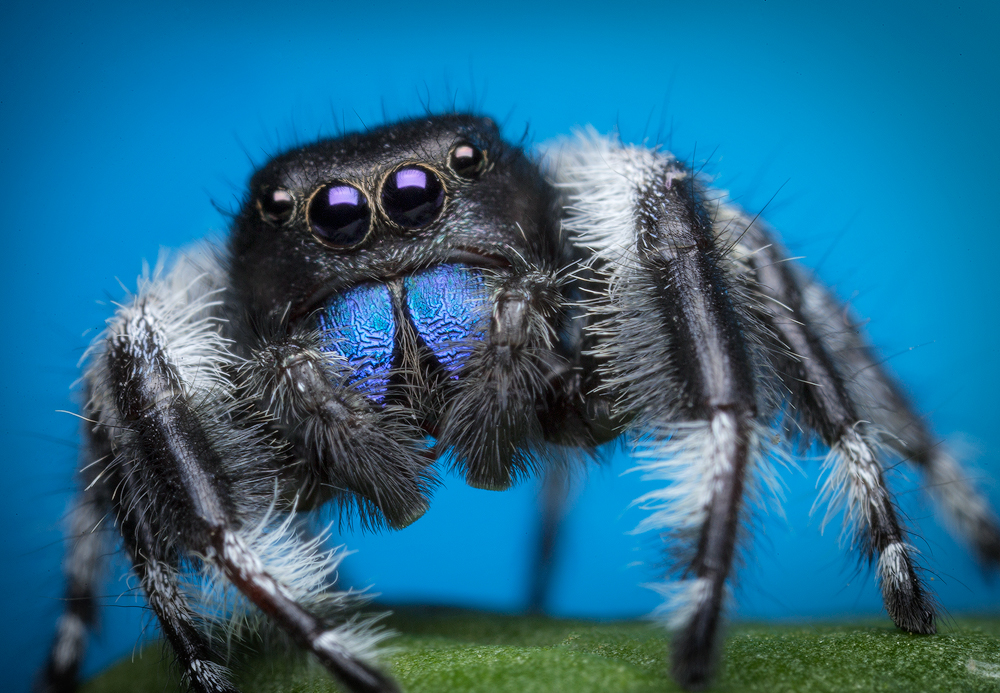

Your first jumping spider — made simple, safe, and seriously fun
If spiders make you a bit squeamish, Phidippus regius might just change your mind. Also known as the regal jumping spider, this fuzzy little creature has enormous eyes, adorable expressions, and a calm, curious personality. They're hardy, low-maintenance, and full of quirky behaviors that make them incredibly rewarding to observe.
Whether you’re a total arachnid newbie or just spider-curious, this guide will walk you through every step of the journey — from choosing your spider to setting up its home, feeding it, and enjoying its company.
You can find Phidippus regius from:
💡 Tip: Start with a juvenile female — they tend to be more robust, slightly larger, and live longer than males.
Jumping spiders don’t need fancy enclosures — but they do need a few key things to be happy and safe.
You can find pre-made spider enclosures online, or repurpose a small plastic container with added ventilation.
🧼 Keep it simple and dry — too much moisture can be dangerous for jumpers.
💡 Use a small hygrometer + thermometer combo to keep track.
Here’s where things get fun.
Primary diet: Small live insects like:
💡 Watch for the “butt plumpness test”: if your spider’s abdomen is nicely rounded, they’re well-fed.
Jumping spiders are tidy roommates, but a little upkeep helps.
Spiders grow by molting — shedding their old exoskeleton.
DO NOT disturb during a molt. Let them molt in peace — usually takes a few hours to a day, but recovery can take up to a week.
After molting, wait 3–5 days before feeding again to let their fangs harden.
Some jumpers tolerate handling well. Others don’t. Always go slow and gentle.
🧠 Remember: They’re wild animals, not toys. Let them choose the interaction.
Your spider won’t need toys, but you can enrich their life (and yours) by:
They’re clever little hunters with great eyesight — they’ll watch you back.
Breeding Phidippus regius can be done responsibly, but it’s not for first-timers. It involves:
Stick to care first — breeding is a whole separate adventure.
If you're unsure, check our guides or reach out to us at feedback@eighthairylegs.com. We're here to help!
Keeping a Phidippus regius is like having a tiny alien roommate who watches you with giant cartoon eyes and occasionally leaps across the room like a fuzzy ninja.
They’re clean, quiet, fascinating, and seriously cute. Once you’ve got the basics down, you’ll find yourself staring into those glossy black eyes more often than you expect.
You might even fall in love.
If you’ve read this far: Welcome to the fuzzy-legged club. 🕷️💛